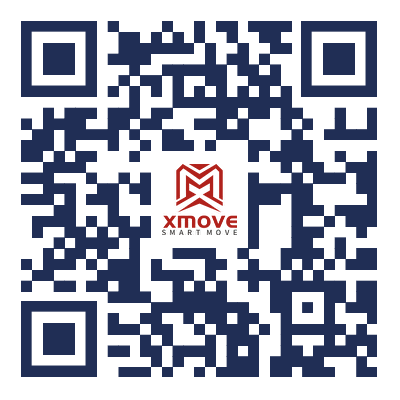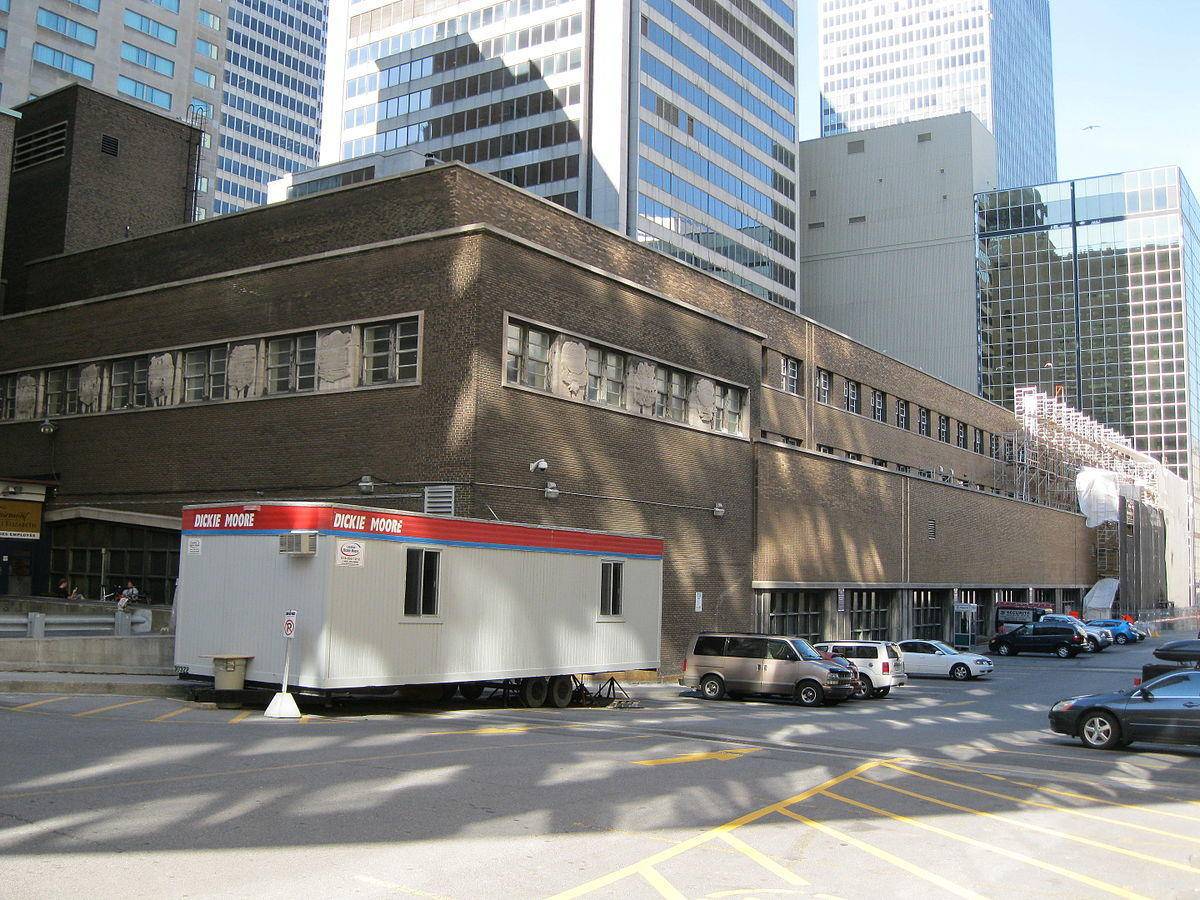Montreal (Gare Centrale), Quebec to Tucson, Arizona: Trains, Buses, Fares, Today's Connections, Routes, Duration, Types of Trains, Station Guides, Tips, Journey
Canada Train Tickets
Scan QR code, download App to see Montreal (Gare Centrale), Quebec's more live update, station guide, plan and photos



Train schedule Montreal (Gare Centrale), Quebec to Tucson, Arizona
Popular train routes departing from Montreal (Gare Centrale), Quebec
* Schenectady, New York
* St. Paul Minneapolis, Minnesota
* Ardmore, Oklahoma
* Fresno El Viejo
* Trenton, New Jersey
* Worcester, Massachusetts
* Syracuse (Amtrak), New York
Popular train routes arriving in Montreal (Gare Centrale), Quebec
* 马萨诸塞州格林菲尔德(Greenfield, Massachusetts)
* 诺曼,俄克拉荷马州(Norman, Oklahoma)
* 密歇根州底特律市(Detroit, Michigan)
* 新泽西州特伦顿(Trenton, New Jersey)
* 斯普林菲尔德(Springfield)
* 爱德华堡 格伦斯瀑布,纽约(Fort Edward Glens Falls, New York)
* 伍斯特,马萨诸塞州(Worcester, Massachusetts)
* 佛罗里达奥兰多(Orlando, Florida)
* 弗吉尼亚州罗阿诺克(Roanoke, Virginia)
* 尤蒂卡,纽约(Utica, New York)
* 扬克斯,纽约(Yonkers, New York)
* 剑桥站(Cambridge)
* 马纳萨斯,弗吉尼亚州(Manassas, Virginia)
* 华盛顿哥伦比亚特区(Washington, District Of Columbia)
* 萨凡纳,佐治亚州(Savannah, Georgia)
* 尼亚加拉瀑布,纽约,美国(Niagara Falls, New York, United States)
* 安大略省奥克维尔(Oakville, Ontario)
* 马里兰州巴尔的摩(宾夕法尼亚车站)(Baltimore (Penn Station), Maryland)
* 佛蒙特州布拉特尔伯勒(Brattleboro, Vermont)
* Mystic,康涅狄格州(Mystic, Connecticut)
* 伯明翰新街中央火车站(Birmingham New Street)
Popular train routes departing from Tucson, Arizona
Popular train routes arriving in Tucson, Arizona
* Harrisburg, Pennsylvania
* San Clemente Pier, California
* San Antonio, Texas
* New Orleans, Louisiana
* Fargo, North Dakota
* Detroit, Michigan
* Camden, South Carolina

Montreal (Gare Centrale), Quebec
Montreal (Gare Centrale), Quebec - Station Guide | Departures and Arrivals | Popular Routes
Montreal ( (listen) MUN-tree-AWL; officially Montréal, French: mɔ̃ʁeal) is the most populous municipality in the Canadian province of Quebec and the second-most populous municipality in Canada. Originally called Ville-Marie, or "City of Mary", it is named after Mount Royal, the triple-peaked hill in the heart of the city. The city is centred on the Island of Montreal, which took its name from the same source as the city, and a few much smaller peripheral islands, the largest of which is Île Bizard. It has a distinct four-season continental climate with warm to hot summers and cold, snowy winters.In 2016, the city had a population of 1,704,694, with a population of 1,942,044 in the urban agglomeration, including all of the other municipalities on the Island of Montreal. The broader metropolitan area had a population of 4,098,927. French is the city's official language and is the language spoken at home by 49.8% of the population of the city, followed by English at 22.8% and 18.3% other languages (in the 2016 census, not including multi-language responses). In the larger Montreal Census Metropolitan Area, 65.8% of the population speaks French at home, compared to 15.3% who speak English. The agglomeration Montreal is one of the most bilingual cities in Quebec and Canada, with over 59% of the population able to speak both English and French. Montreal is the second largest primarily French-speaking city in the world, after Paris. It is situated 258 kilometres (160 mi) south-west of Quebec City. Historically the commercial capital of Canada, Montreal was surpassed in population and in economic strength by Toronto in the 1970s. It remains an important centre of commerce, aerospace, transport, finance, pharmaceuticals, technology, design, education, art, culture, tourism, food, fashion, gaming, film, and world affairs. Montreal has the second-highest number of consulates in North America, serves as the location of the headquarters of the International Civil Aviation Organization, and was named a UNESCO City of Design in 2006. In 2017, Montreal was ranked the 12th most liveable city in the world by the Economist Intelligence Unit in its annual Global Liveability Ranking, and the best city in the world to be a university student in the QS World University Rankings.Montreal has hosted multiple international conferences and events, including the 1967 International and Universal Exposition and the 1976 Summer Olympics. It is the only Canadian city to have held the Summer Olympics. In 2018, Montreal was ranked as an Alpha− world city. As of 2016 the city hosts the Canadian Grand Prix of Formula One, the Montreal International Jazz Festival and the Just for Laughs festival.
Montreal,Quebec - Guide, Attractions, Tours, Sightseeings | Train from/to Montreal,Quebec | Popular RoutesTucson () is a city in and the county seat of Pima County, Arizona, United States, and is home to the University of Arizona. The 2010 United States Census put the population at 520,116, while the 2015 estimated population of the entire Tucson metropolitan statistical area (MSA) was 980,263. The Tucson MSA forms part of the larger Tucson-Nogales combined statistical area (CSA), with a total population of 1,010,025 as of the 2010 Census. Tucson is the second most-populated city in Arizona behind Phoenix, both of which anchor the Arizona Sun Corridor. The city is 108 miles (174 km) southeast of Phoenix and 60 mi (97 km) north of the U.S.–Mexico border. Tucson is the 33rd largest city and the 58th largest metropolitan area in the United States (2014). Major incorporated suburbs of Tucson include Oro Valley and Marana northwest of the city, Sahuarita south of the city, and South Tucson in an enclave south of downtown. Communities in the vicinity of Tucson (some within or overlapping the city limits) include Casas Adobes, Catalina Foothills, Flowing Wells, Midvale Park, Tanque Verde, Tortolita, and Vail. Towns outside the Tucson metro area include Benson to the southeast, Catalina and Oracle to the north, and Green Valley to the south. Tucson was founded as a military fort by the Spanish when Hugo O'Conor authorized the construction of Presidio San Agustín del Tucsón. It was included in the state of Sonora after Mexico gained independence from the Spanish Empire in 1821. The United States acquired Tucson via treaty from Mexico in the Gadsden Purchase on June 8, 1854. Tucson temporarily served as the western capital of the Confederate Arizona Territory during the American Civil War. Tucson was Arizona's largest city by population during the territorial period and early statehood, until it was surpassed by Phoenix between 1910 and 1920. Nevertheless, population growth remained strong during the late 20th century. In 2017, Tucson was the first American city to be designated a "City of Gastronomy" by UNESCO.The Spanish name of the city, Tucsón [tukˈson], is derived from the O'odham Cuk Ṣon [tʃʊk ʂɔːn], meaning "(at the) base of the black [hill]", a reference to a basalt-covered hill now known as Sentinel Peak. Tucson is sometimes referred to as "The Old Pueblo".
Tucson,Az - Guide, Attractions, Tours, Sightseeings | Train from/to Tucson,Az | Popular Routes
Canada Train Tickets
Scan QR code, download App to see Montreal (Gare Centrale), Quebec's more live update, station guide, plan and photos



Hot Journeys
* Frankfurt Airport(Frankfurt Flughafen) -> Stuttgart
* Barcelona -> Madrid(Madrid)
* Florence -> Pisa
* Avignon -> Paris
* Zurich(Zürich) -> Paris
* Strasbourg -> Paris
* Bremen(Bremen) -> Freiburg Im Breisgau
* Naples -> Rome(Roma)
* Rome(Roma) -> Milan
* Brussels(Bruxelles) -> Paris
* Rome(Roma) -> Milan
* Helsinki(Helsinki) -> Rovaniemi(Rovaniemi)
* Basel(Basel) -> Paris
* Madrid(Madrid) -> Barcelona
* Dusseldorf(Düsseldorf) -> Munich(Müchen)
* Munich(Müchen) -> Frankfurt
* Florence -> Venice(Venezia)
* Nice -> Milan
* London(London) -> Paris
* Berlin(Berlin) -> Munich(Müchen)
* Interlaken -> Swiss Alps Jungfrau Aletsch
* Munich(Müchen) -> Berlin(Berlin)
* Seoul(서울) -> Busan(부산)
* Munich(Müchen) -> Dusseldorf(Düsseldorf)
* Stuttgart -> Frankfurt Airport(Frankfurt Flughafen)
* Beijing(北京) -> Shanghai(上海)
* Geneva(Genève) -> Paris

